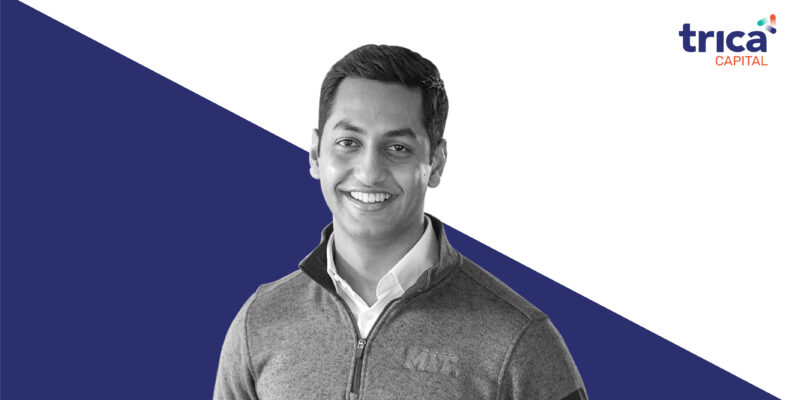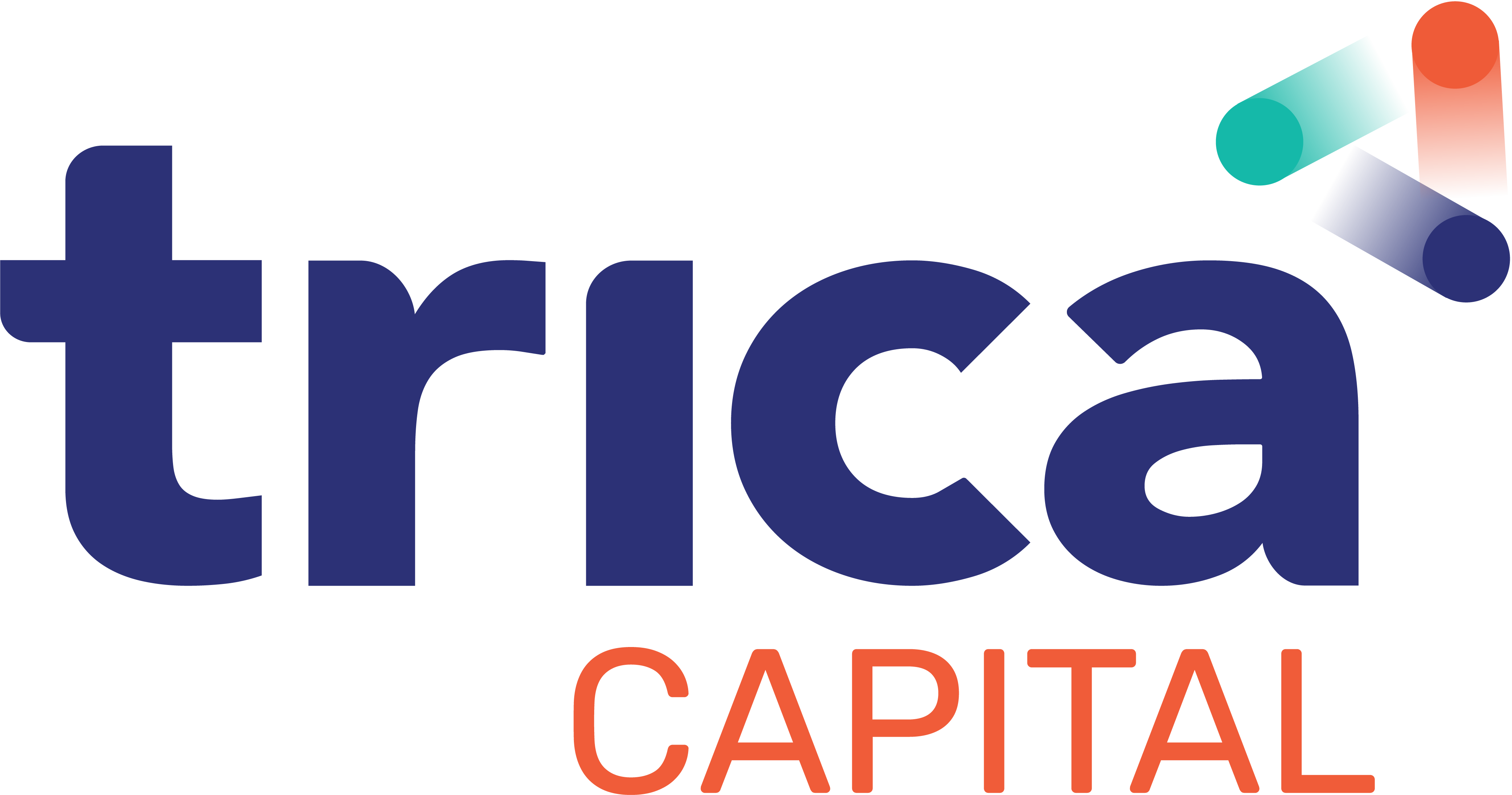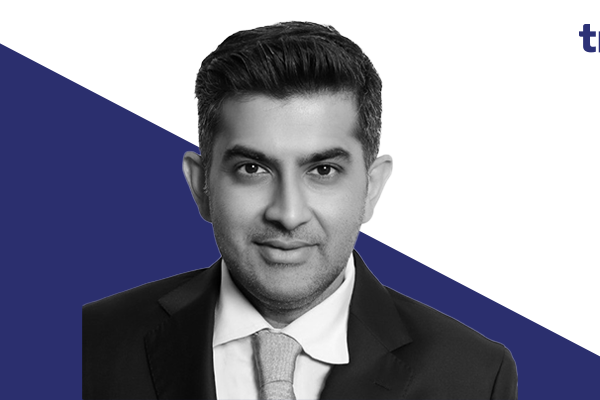
These are the factors the Reddy Family Office looks for when investing in a startup
The Reddy Family Office, belonging to the Reddys of GVK, began investing in startups as an asset class through their Reddy Futures Fund in 2015. Their model is a pure play fund that invests alongside some of the best angel investors and VCs (globally) in technology startups. Keshav Reddy is an entrepreneur and investor and runs the Reddy Family Office’s Reddy Futures Fund which has a portfolio of 30 investments with five unicorns namely Cred, Upstox, Khatabook, Chipper Cash and Hive. Keshav sits on the board of his family’s Aragen Life Sciences, which is India’s second largest contract research organization (CRO). Keshav has a MBA from MIT and a BSE degree from Michigan.
Why did you choose to run your investments in startups as a venture fund (Reddy Futures Fund) as opposed to strategic direct investments or merely being an LP in other VC funds?
If you look at our family asset allocation, capital has already been allocated to real estate, equities, bonds and group companies.
Technology investments as an asset class were under allocated due to its inherent risk and illiquidity. As technology investments were so uncertain, becoming an LP in a fund that was allocating to this asset class seemed risky in the early days. We decided that we wanted to structure ourselves as a fund where we have the option and right to invest in interesting companies as and when we wanted to. As an LP in a fund, you have less flexibility — there’s no liquidity and if you catch the wrong cycle of the fund then you’re in trouble. You can’t easily sell out your position in a fund to anybody. Today, if we find something ‘off’ in a direct investment, I just have to find a secondary buyer and leave — thankfully I haven’t had to do that in any of our investments. Today, I have the flexibility to invest in 8-10 companies a year and I am still allocating the same amount of capital that I would have as an LP.
How has your asset allocation to private markets changed over the years?
We have allocated close to 20-25% to private markets and from what I’ve understood this is on the higher side. But what I have also seen is that when you have a relatively smaller base, then you’re going to take larger or outsized bets. Even the cheque sizes today are much larger — some closer to $2 M per startup versus about $500K when we started.
What are the most important things you look for when investing in a startup?
A startup must show signs of a very strong competitive advantage and you have to be able to see that with early product market fit. We also try to focus on good founders and large markets, because at the end of the day it is also a lot about the right time and right place. You don’t have to always be the smartest guy; you have to be able to hack your way. Having said this, our guiding principles have always been to invest only in software and go super long term.
Do you look at startups that align to the GVK Group’s strategic interests?
That’s really not a part of our consideration at all. Startups and large corporate houses work in very different ways and the Group’s strategic and M&A requirements are dealt with separately.
You started Reddy Futures Fund in 2015, can you give us a snapshot of the evolution of the fund over the last 5 years. How different is your thesis today from when you started?
In 2015 and 2016, Reddy Futures Fund had a 10 person team that invested in startups. We had a tie up with the e-cells of 6 IITs and in fact I had four IITians in my team. The thesis was that all the best startups were coming from IITs so why not be part of that ecosystem. The working model was that we took a large stake in the venture and provided the entrepreneurs with all the resources they needed in addition to capital – think of it as the Rocket Internet model. But we realised that wasn’t sustainable and scalable. Moreover, entrepreneurs didn’t have that fire in the belly to succeed because they had a quasi-job of sorts at their own startup. Although we were able to get a large 50x exit in one of our portfolio companies, we changed our strategy thereon.
From 2017, Reddy Futures Fund co-invests passively with the best venture capitalist funds and angel investors into softwarec companies that have exceptional founders, signs of early product-market fit, massive market opportunities and early signs of competitive advantages. Reddy Futures Fund aligns exceptionally well with founders as we don’t seek early exits because we have only our family capital to manage and we are huge believers that value creation takes time.
You mentioned 5 unicorns in your portfolio today – tell us a little about some of these companies and your thesis around those investments.
Let me talk about three companies, across geographies – Cred in India, Hive in the USA and Chipper Cash in Africa. We invested early on in Cred and today the company is valued at $4 billion. What they have done really well is to find a way to keep users really engaged and addicted to the platform – a platform that essentially helps you manage your money better. What the founder Kunal Shah is doing is that on a relatively small user base (India’s affluent class which is a small fraction of the population) but he is building a very valuable business; because the spending power of his consumers will stay intact and only keep increasing in a faster than usual cycle.
Another exciting company is Hive.AI in the USA. We invested back in 2017 and today the company is valued upwards of $2 billion and what they do is create APIs to help enterprises and social platforms with image recognition and content moderation. This company has insane metrics and is going to be a very large company. We fully support the founder Kevin Guo in his journey of building one of the largest AI companies in the world. Our latest investment in an African fintech startup called Chipper Cash which operates out of seven countries on the continent and enables remittances, P2P lending and if I may say so, is building out the UPI of Africa. This is an opportunity, like the others that we got access to via our network of US-based VCs with whom we generally co-invest. This company just got valued at $2B.
On the question of co-allocation along with VCs – do you seek a certain percentage holding in the company when the round is structured?
We consciously never lead the round, even if it is a very early round so we are never in a position to dictate terms. Secondly, we don’t actually want to manage large holdings in companies because I do not want to build out a business of managing large portfolio teams. Today I have a team of three people and we analyse the deal flow that comes to us via our network of VCs and once we invest, we are passive unless of course the founders reach out for help or assistance — for that we are available 24X7. Helping founders professionally or personally by making connections via our networks in India, USA or any other part of the world – that’s the real value we bring to the table.
As a family office, I reckon most family offices do not have the interest or inclination of sitting on startup boards and being involved on a quarterly basis with the company.
How did 2020 pan out for you?
Our biggest priority in 2020 was working with and helping out our portfolio companies and founders. Much like any VC that pumped money into their existing portfolio, so did we and we consciously stayed away from making any new investments in 2020. But we did double down on public equities in 2020 and built some very strong positions from a long term perspective.
In contrast, in 2021 we see a massive bull run in both public and private equities? What do you see as the opportunities and challenges?
A combination of low interest rates and economies printing money has made liquidity the default and people are bullish on the equity markets both private and public.
This trend is going to allow a lot of private market players to list or go IPO but when the crash comes it’s going to hurt because today, I do believe that the asset class is grossly overpriced on average. Some category leaders deserve the valuations, but not all that we see can justify such high valuations. The correlation between the US market and India, especially for VC/PE investments is very tight because a large portion of all the capital coming into India is from US funds. I do see a slowdown or correction being at least 12-18 months away and, in the meanwhile, a large pool of domestic capital
would have opened up to investing in private markets. What will support this is the number of large technology companies that are listing in India, exits are suddenly very possible and that will be a driver of growth for Indian private market investments. Today when you look at the top 10 listed Chinese companies, a large number of them are technology conglomerates and in that respect, I do see the same happening in India over the next 10-20 year horizon.








